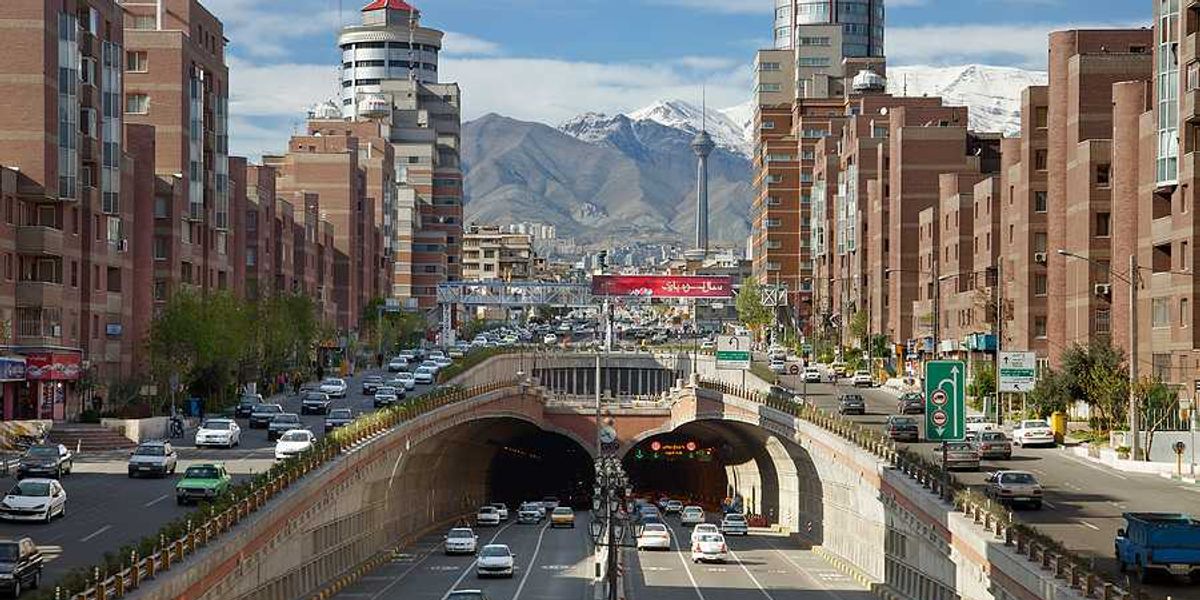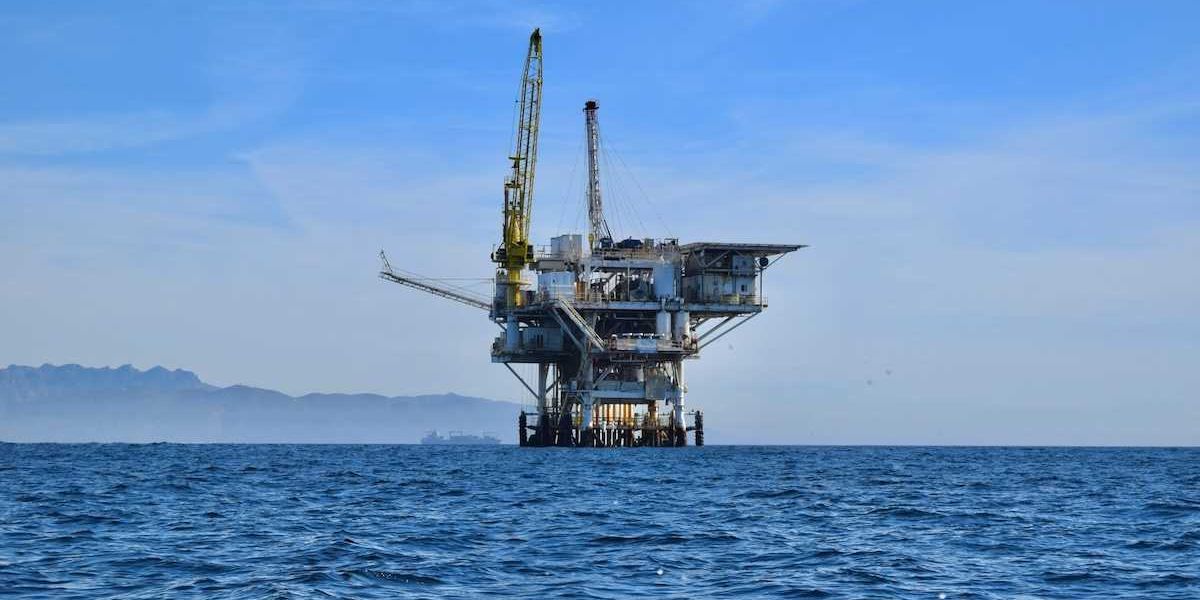
Data centers fueling AI and crypto strain Western power and water supplies
Developers are rushing to build massive data centers in the arid West, driving up electricity and water use and prompting debate over who should bear the costs and environmental toll.
Jonathan Thompson reports for High Country News.
In short:
- The International Energy Agency projects data center electricity and water demand will double by 2030, driven by AI and cryptocurrency operations.
- Google, Meta and Microsoft facilities already consume billions of gallons of potable water annually, often in drought-stricken regions like Arizona and Nevada.
- States offer tax breaks to attract server farms even as utilities plan more natural gas plants and delay coal retirements to meet soaring power needs.
Why this matters:
Data centers form the backbone of digital life, running everything from banking to artificial intelligence tools, yet their physical footprint is rarely visible. Each warehouse-sized facility devours electricity on par with a small city and relies on vast amounts of water to cool overheating servers. In the West, where climate change is intensifying drought and stressing hydropower, this demand collides with shrinking reservoirs and fragile grids. As companies race to deploy AI and crypto services, local communities face higher energy prices, water competition, and increased emissions from fossil-fueled backup power. The tension reveals the hidden costs of a supposedly weightless “cloud” that is, in reality, tethered to scarce natural resources.
Read more: AI's hidden energy and water costs remain untracked













